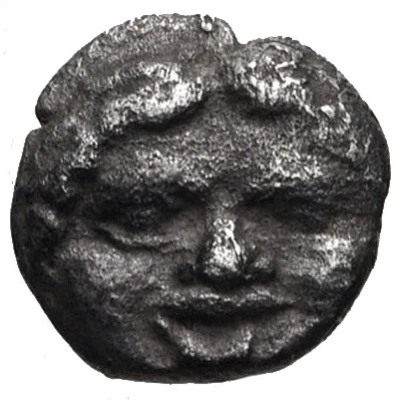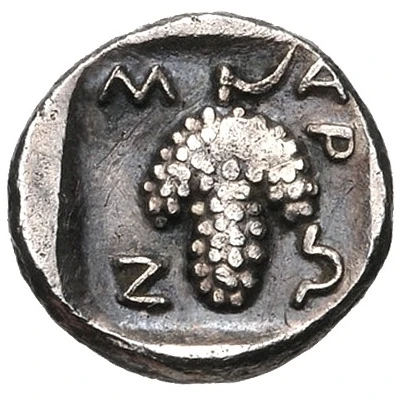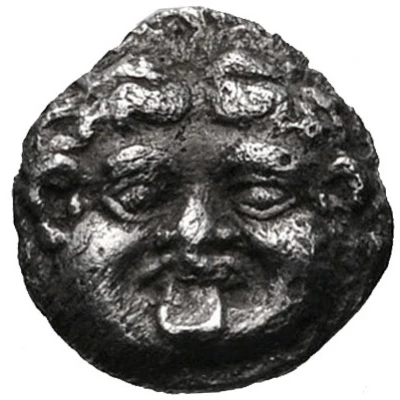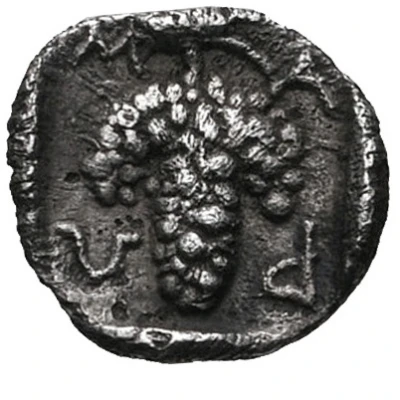


© Classical Numismatic Group, Inc.
Hemiobol 398 BC - 385 BC
| Silver | 0.34 g | 7.0 mm |
| Issuer | Maroneia (Thrace) |
|---|---|
| Type | Standard circulation coin |
| Years | 398 BC - 385 BC |
| Value | Hemiobol (1⁄12) |
| Currency | Drachm |
| Composition | Silver |
| Weight | 0.34 g |
| Diameter | 7.0 mm |
| Shape | Round (irregular) |
| Technique | Hammered, Incuse |
| Demonetized | Yes |
| Updated | 2024-10-10 |
| Numista | N#169853 |
|---|---|
| Rarity index | 100% |
Reverse
Bunch of grapes. Μ Α flanking and all within incuse square
Script: Greek
Lettering: Μ Α
Interesting fact
The Hemiobol coin was used as a form of currency in ancient Greece, specifically in the city of Maroneia in Thrace. The coin's name "Hemiobol" comes from the Greek words "hēmi-" meaning "half" and "bolos" meaning "throw", which refers to the coin's value being equal to half the value of a full "bolos" coin. This particular Hemiobol coin was made of silver and weighed 0.34 grams, which was a significant amount for a coin at that time. Despite its small size, the Hemiobol played an important role in the ancient Greek economy, as it was widely used for everyday transactions and was a symbol of the city's prosperity.



